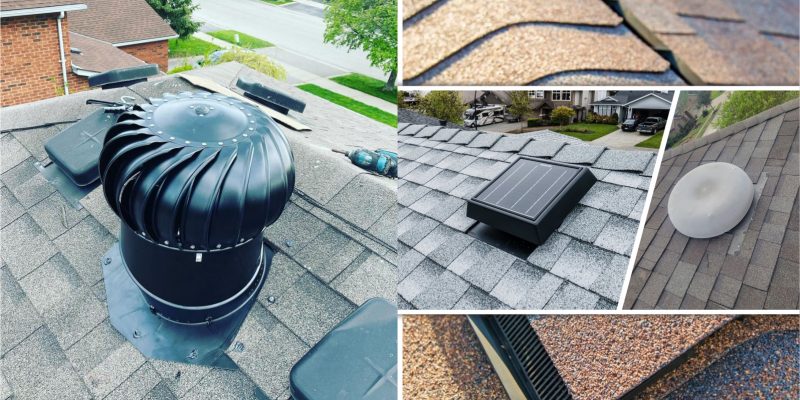Attic ventilation is one of the most overlooked aspects of home maintenance, but it’s also a vital part of keeping your roof in good condition. Proper attic ventilation moves super-heated air out of your home, protecting roof shingles and reducing moisture problems like mold and mildew. Therefore, attic ventilation is very needed. You can think it carefully when working in your attic.
But before you make any changes to your attic, it’s important to determine how much ventilation your attic needs. Attic ventilation can be determined depending on the season. In the summer, the air will tend to be hot. If your attic is not properly ventilated, hot air will be trapped inside the attic. This will disturb the coolness of your home. Meanwhile, during winter, poor attic ventilation causes snow on the eaves to melt and refreeze, creating ice dams that can damage your roof.
An attic with sufficient ventilation will have equal levels of incoming and outgoing air. Ventilation should be placed in a way that allows air to enter from along the eaves and exit through the roof’s peak. Here are some tips for improving your attic ventilation.
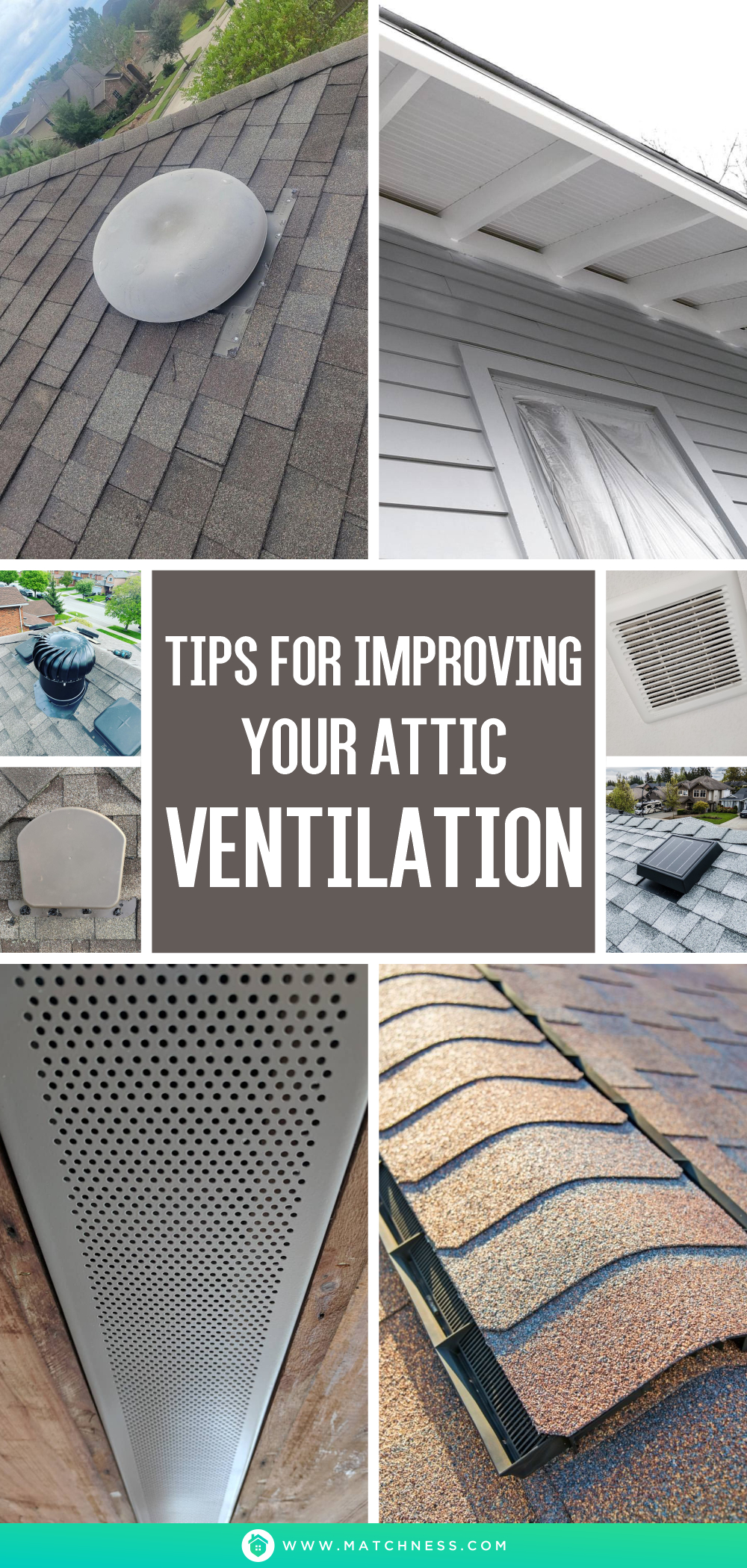
Install Passive Vents
Passive vents are holes or slots in your home’s eaves, soffits and fascia that allow air to escape naturally. They include ridge vents that run along the roof ridge, box-style cap vents, or turbine vents. These systems do not rely on any electricity to move air, and they are easy to install. They are also eco-friendly, because they don’t use fossil fuels to power their operation.
They can be installed in your attic, and should be placed as close to the ridge of your roof as possible. This way, you don’t have to worry about the vents being seen from the street. These vents are effective at removing excess moisture from the attic, and they’re a great addition to any attic ventilation plan. They can also improve your home’s energy efficiency, because they encourage air circulation and keep your attic cool.
- Soffits and fascia
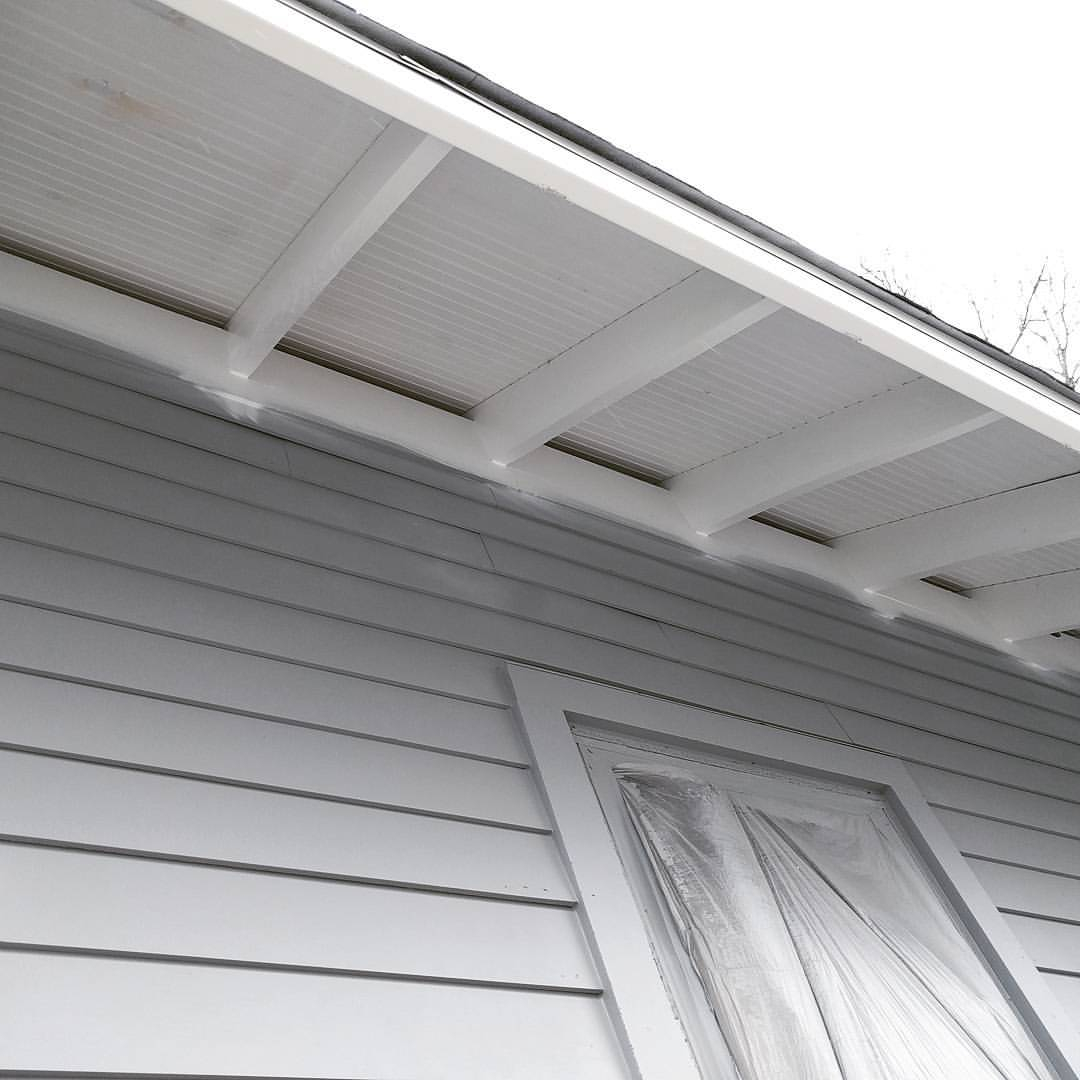
A soffit vent is a type of roof vent that you install under the roof eaves that run over the walls of your home. Soffit Vents help balance the vents on your roof and provide airflow into your attic thereby extending the life of your roof. Sofits Vent from @paulrey27

Fascia vents are perfect for providing concealed roof ventilation in roof voids. This easy-to-install unit provides roof ventilation over the fascia in new roofing or re-roofing applications. This idea will give a nice breath of air to the lottery Fascia Vent Replacement from @miillersconstruction
- Ridge vents
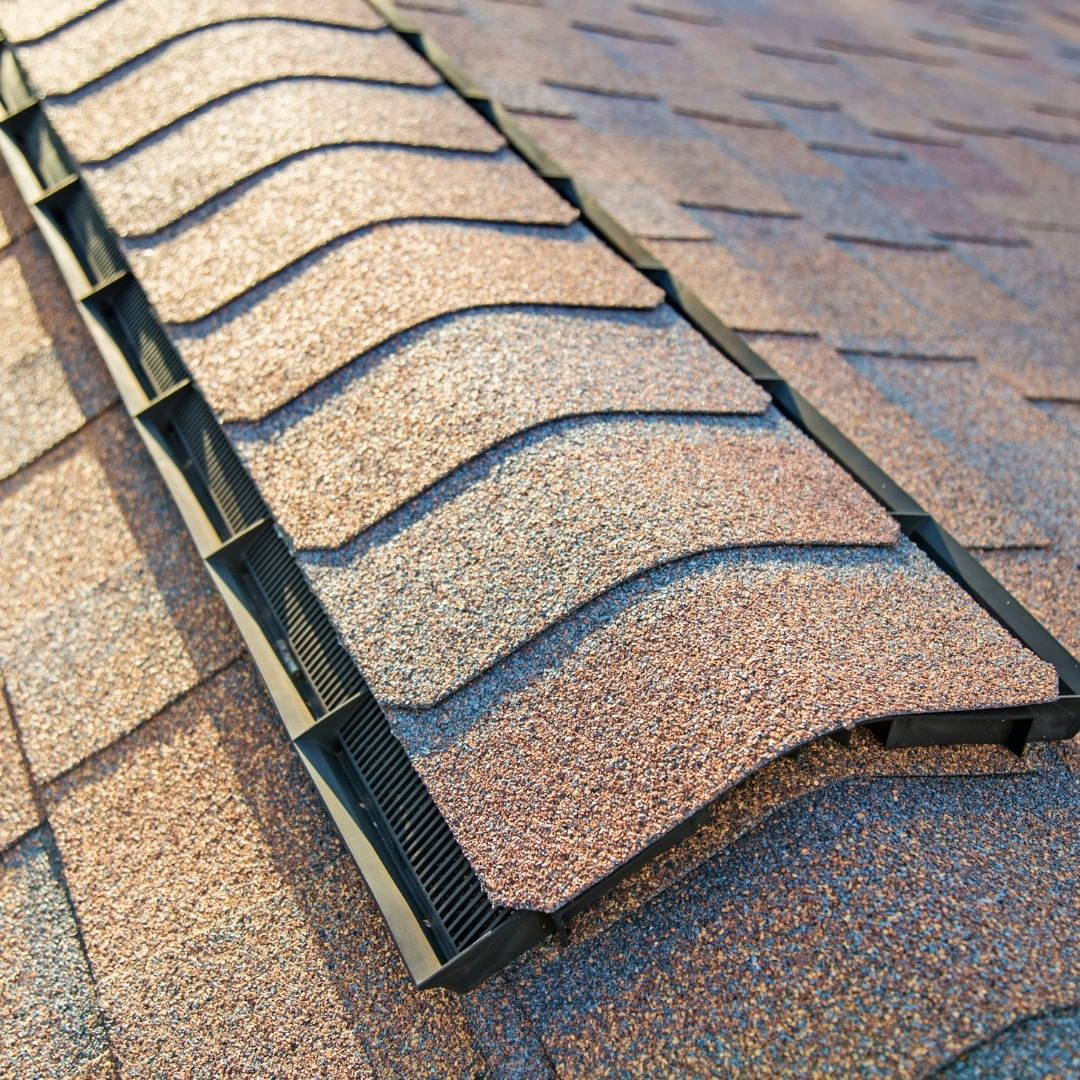
A ridge vent is a type of vent installed at the top of a sloping roof that allows warm, moist air to escape from the attic of a building. This ridge vent is most common in shingle residential buildings. Ridge Vents from @trustedroofingtn
- Box-style cap vents
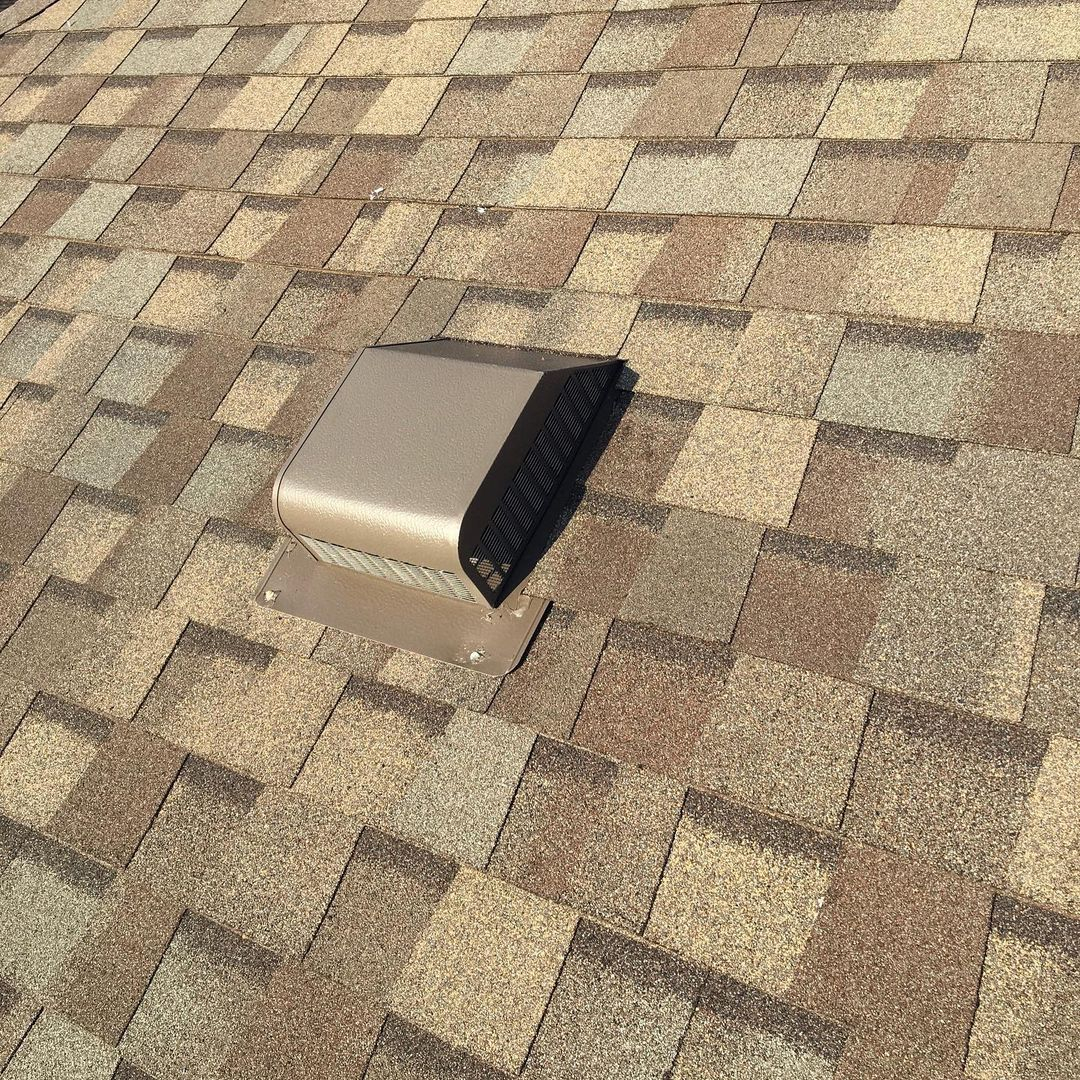
This box style ventilation cap is suitable for you to try on the roof of your house. This is suitable for you to use because it will create a good air exchange. This small shape is able to produce maximum air. Box-Style Cap Vents from @mares_construction
- Turbine vents
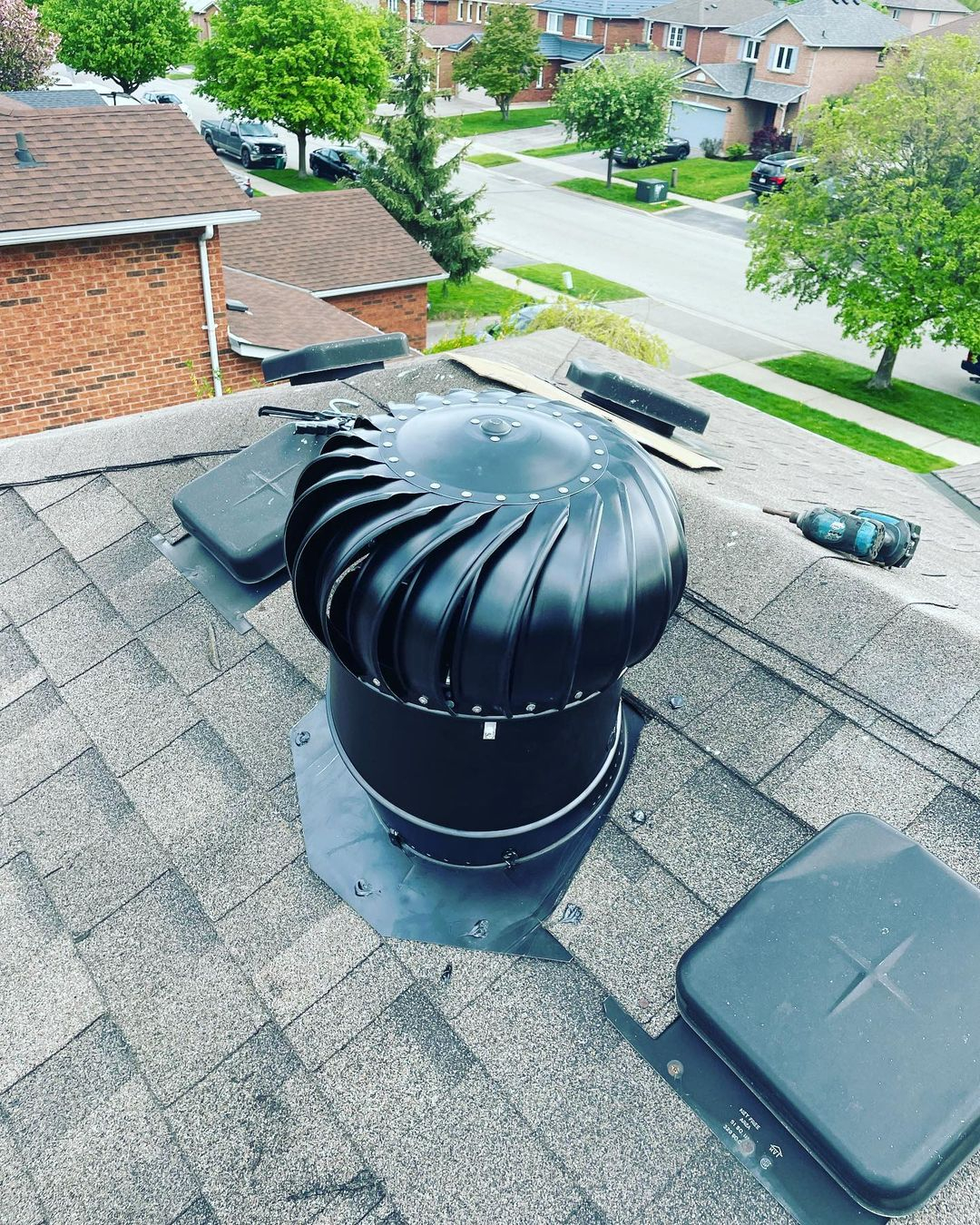
While more ventilation is generally better, replacing these turbine vents will result in a roof exchange design that is large enough for the attic space. Having a large shape, this turbine is able to provide changing air on your roof. Turbine Vent from @high_skillz_roofing_inc
Add a Fan
A fan is a great way to keep your attic ventilated throughout the year. They help prevent moisture from building up in the attic and can lower your energy bill in the summer by moving the hot air out. Most attic fans come with a thermostat that turns on and off as needed. This makes it easy to use and saves energy by only running the fan when the temperature in your attic falls below a preset level.
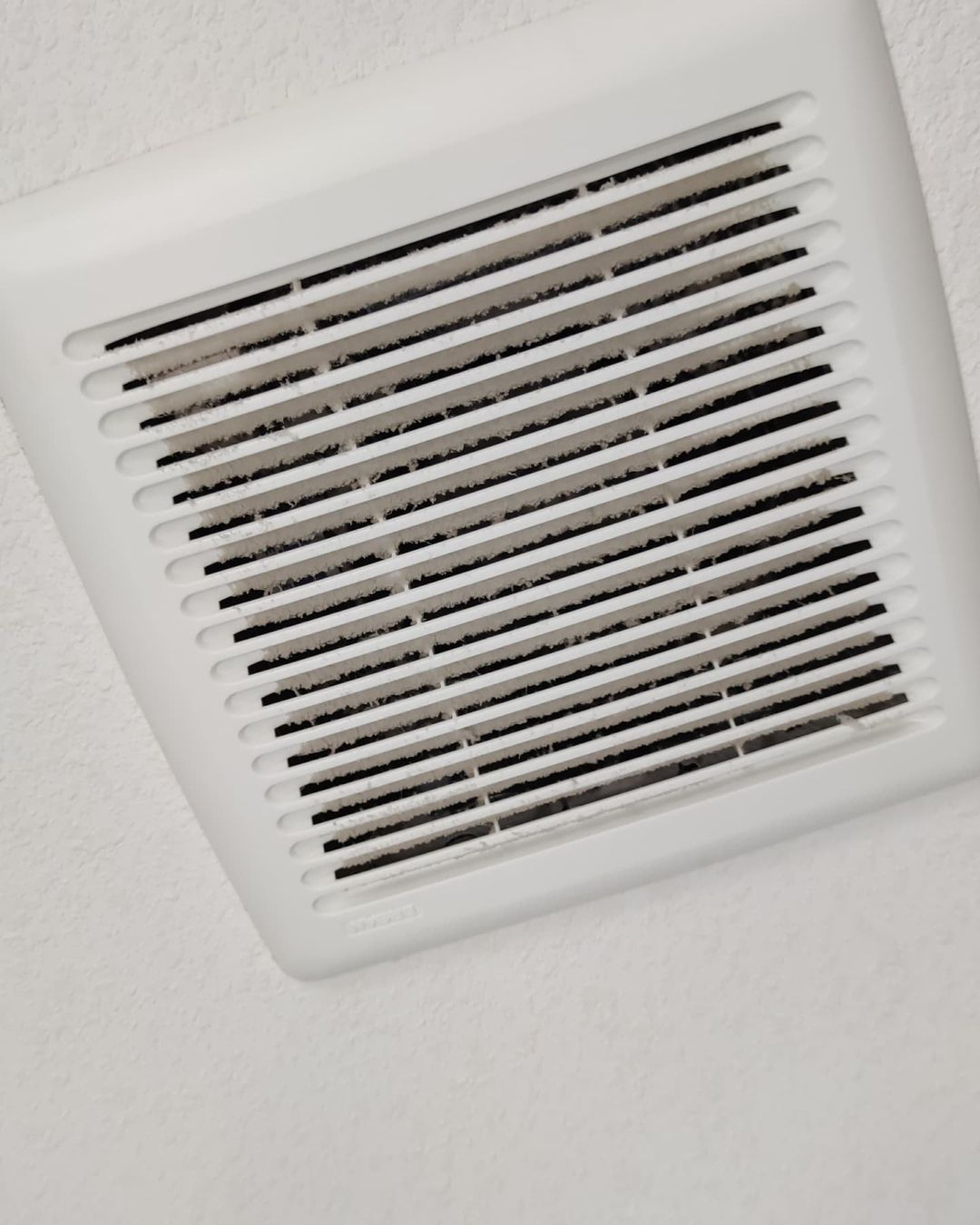
A properly installed bathroom fan will clean the bathroom air from excess moisture, dampness, odors and other pollutants. It also helps remove moisture that builds up on mirrors and walls. Occupants will be much more comfortable with good ventilation. Fan Vent from @mamaccleaning
Add a Roof Vent
A well-ventilated attic improves energy efficiency, reduces heating and cooling bills, prevents ice dams in winter, and protects your home from damage caused by moisture. Roof vents are usually installed at the peak of the roof, the four attic air rises naturally. To help you decide which type of vents to install, talk to a roofing expert in your area. They will be able to calculate how much intake ventilation your attic needs and how much exhaust ventilation you need.
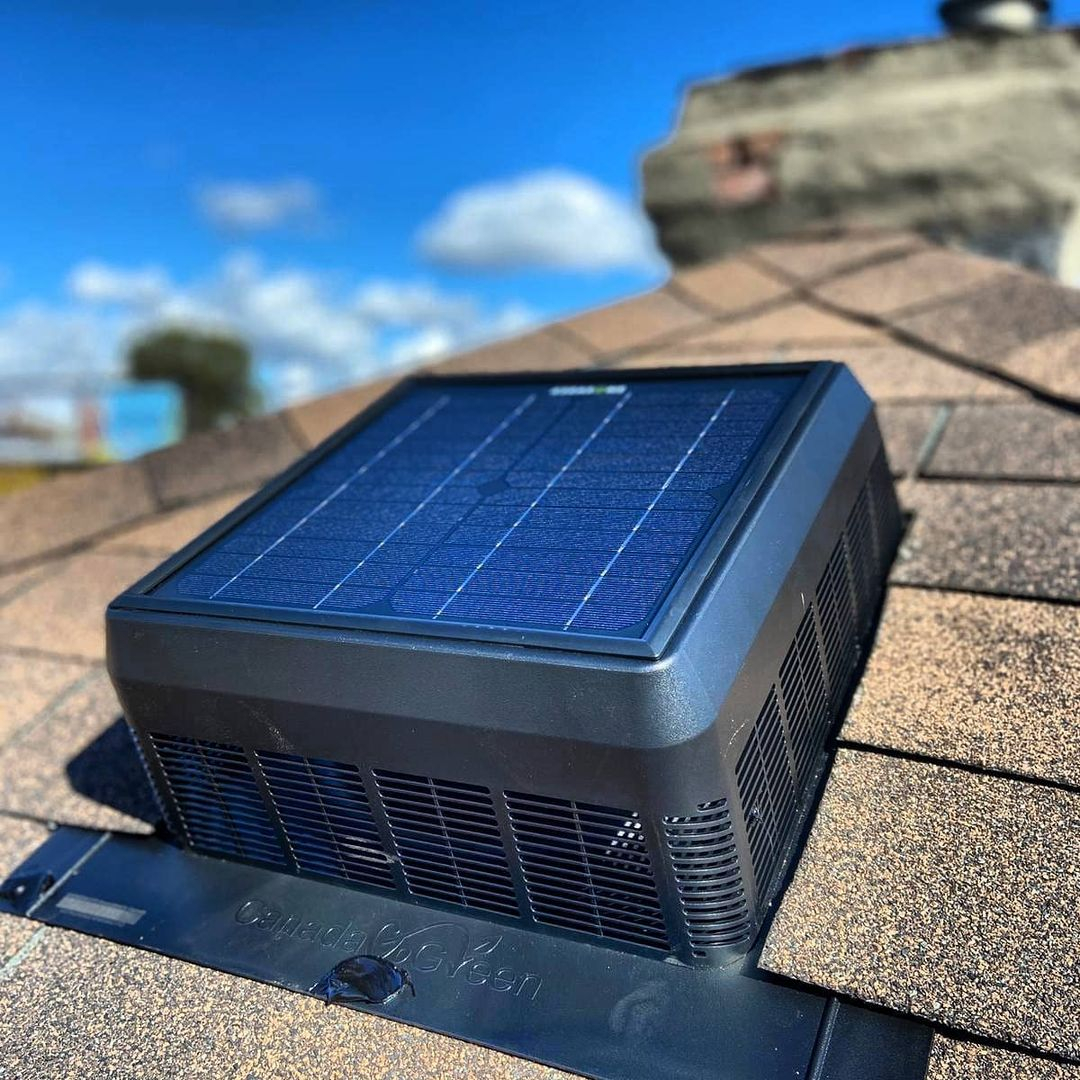
Solar vents rely on sunlight to draw hot air out of your attic before pushing it out of your vents. This type of ventilation will save space and make air exchange in your attic more perfect. Solar Roof vent from @torontoroofrepairs
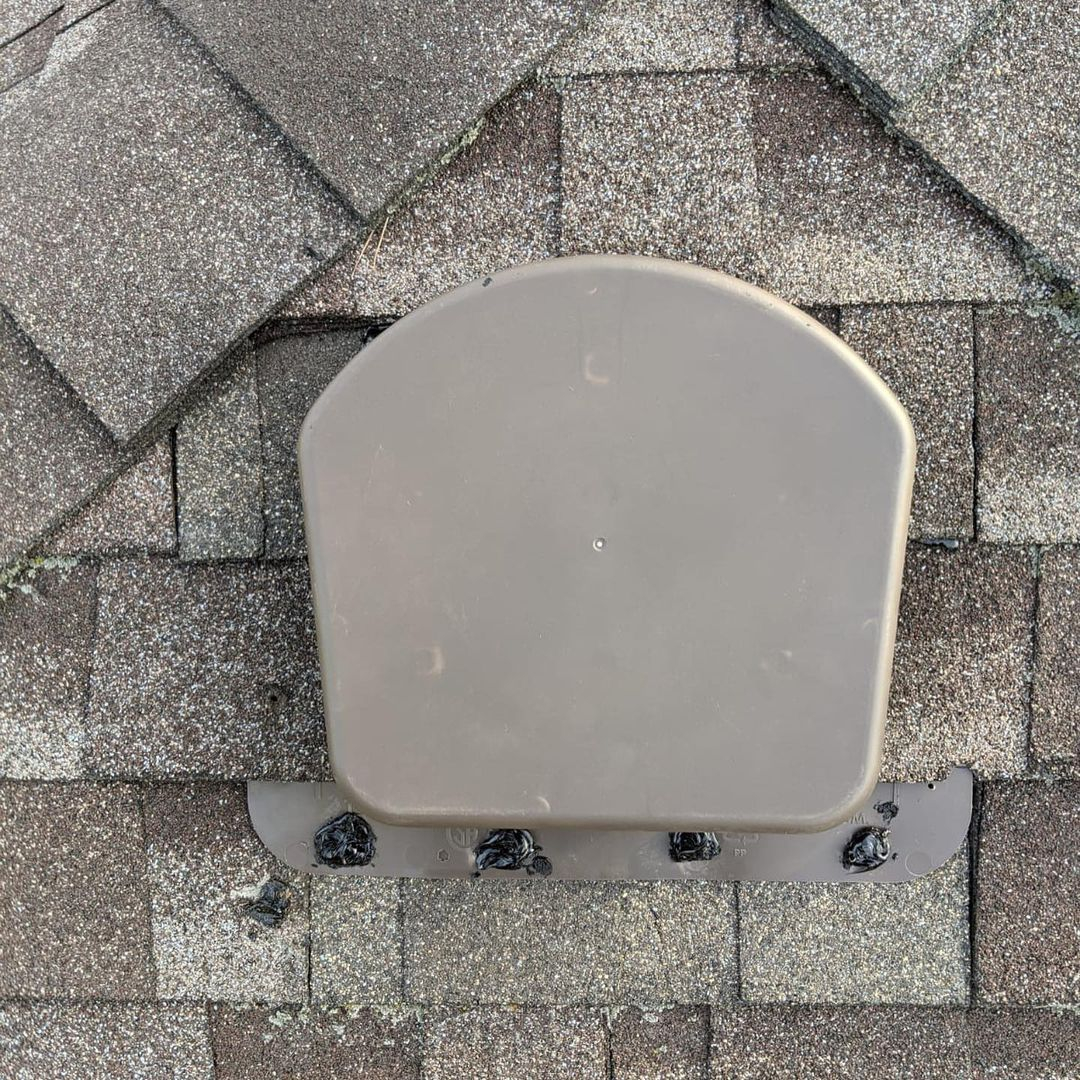
Ridge vents that have plastic covers are a popular choice among homeowners. Roofing contractors cut these vents into the roof so they don’t stick together, detracting from the beauty of your roof. They require that you install several mechanical fans in your attic. Roof Vent from @roofventscanada

These vents rely on energy provided by the sun to operate. Unfortunately, the ventilation doesn’t work while the battery is charging, which can cause difficulty during overcast days. Solar Vent from @4seasonsvents
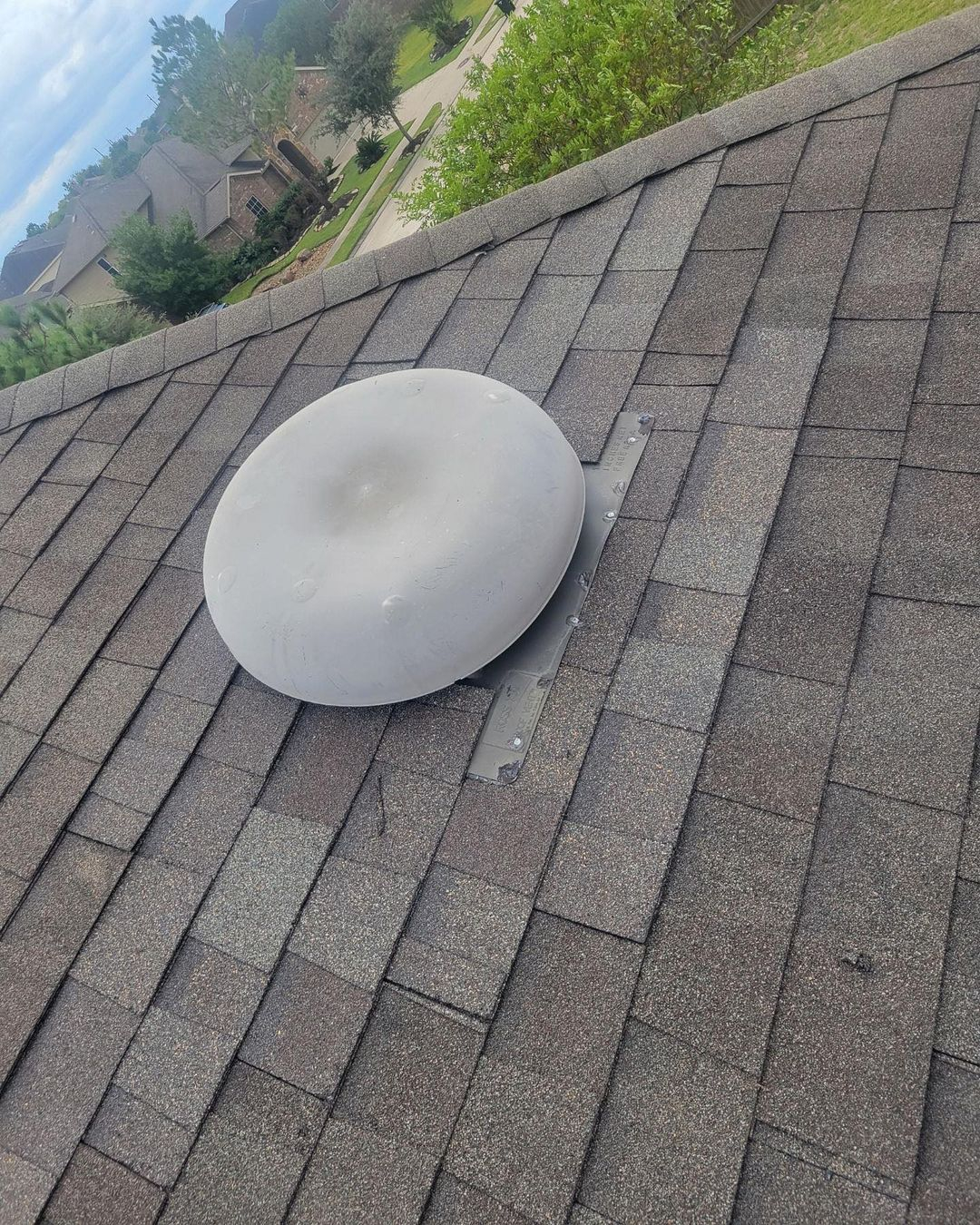
These vents rely on electricity to draw hot air out of your attic, dispensing it into the air. Not only do these vents keep your attic cool, they help reduce the risk of moisture damaging the wood and drywall used in your attic. Power Roof Vent from @vistaroofing_
Gable Vent
A gable vent is installed at the peak of a roof gable, where two sides of the gable meet. It usually is rectangular and has a screen or louvers to keep animals and pests out. It will help to give a proper ventilation to your attic.
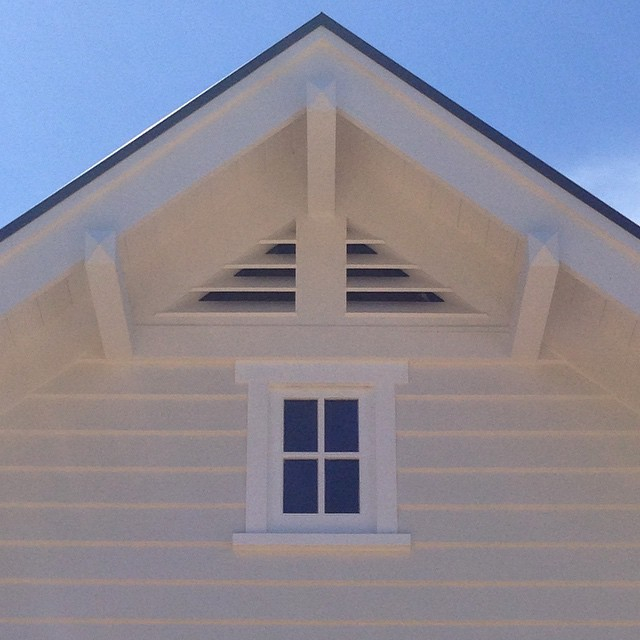
This gable ventilation has a triangular shape that will be placed on the roof of the house. This will provide a perfect air exchange in your roof design. This type of ventilation will also prevent animals from getting into your attic. Triangle Gable Vent from @b.j_builds
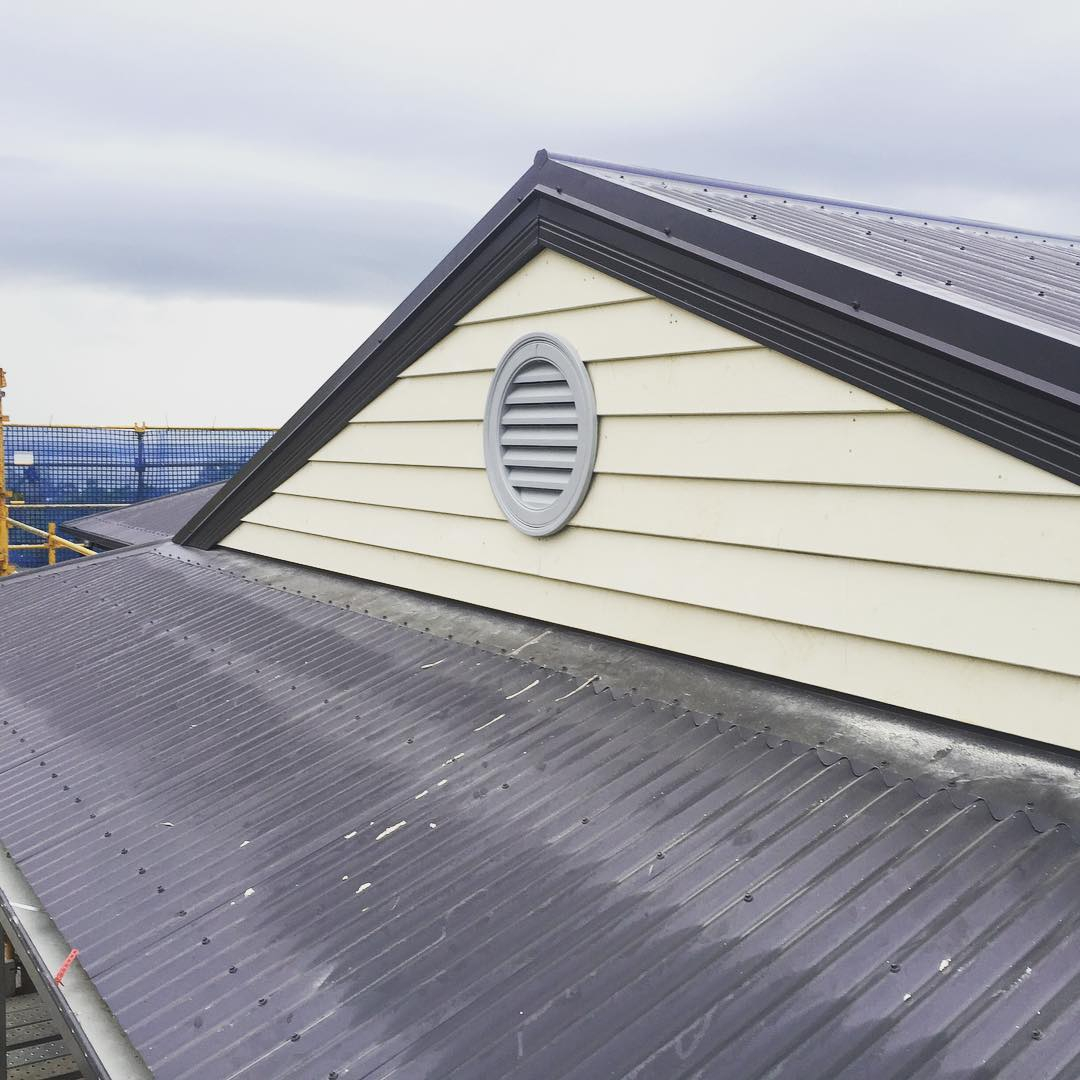
The rounded gable roof vents have a clean design and distinctive trim characteristics. Round gable roof vents will provide optimal ventilation which will help reduce the possibility of roof damage due to moisture buildup. Round Gable Vent from @baysidebuild
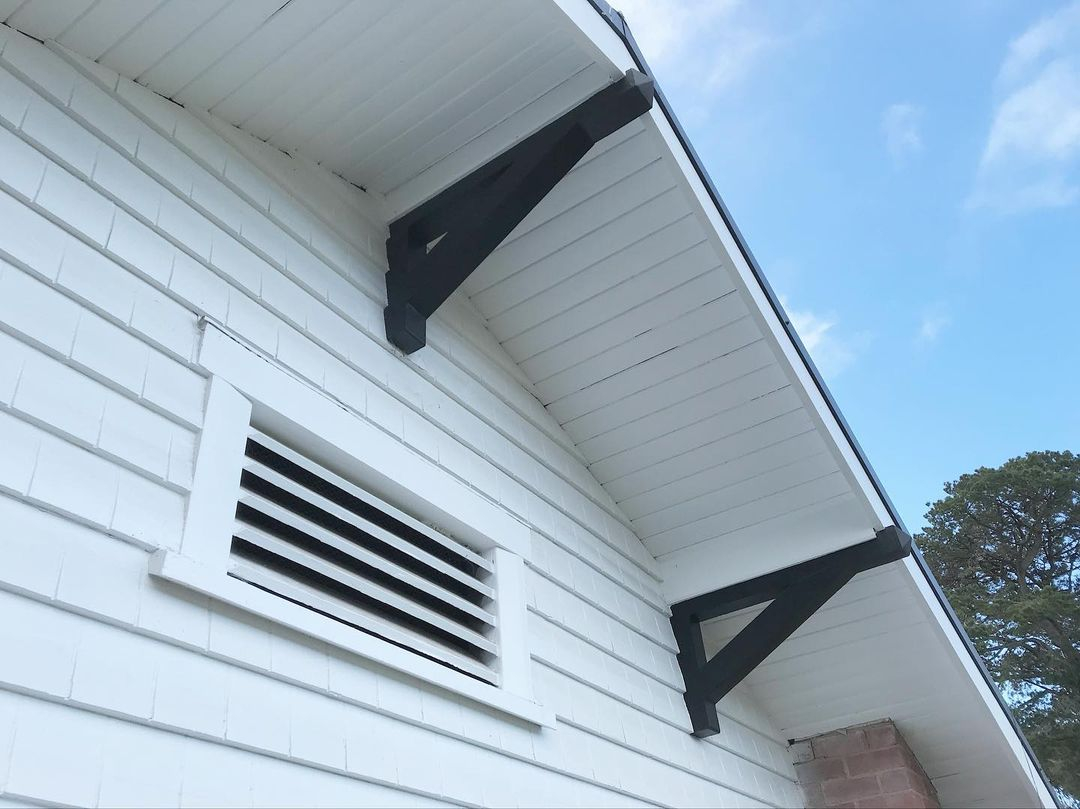
This square gable roof vent has a simple design that gives it a crisp, clean, crisp finish. This square gable roof vent provides ideal airflow into your attic which supports a healthy roof. Small Gable Vent from @dukedesigndevelopments
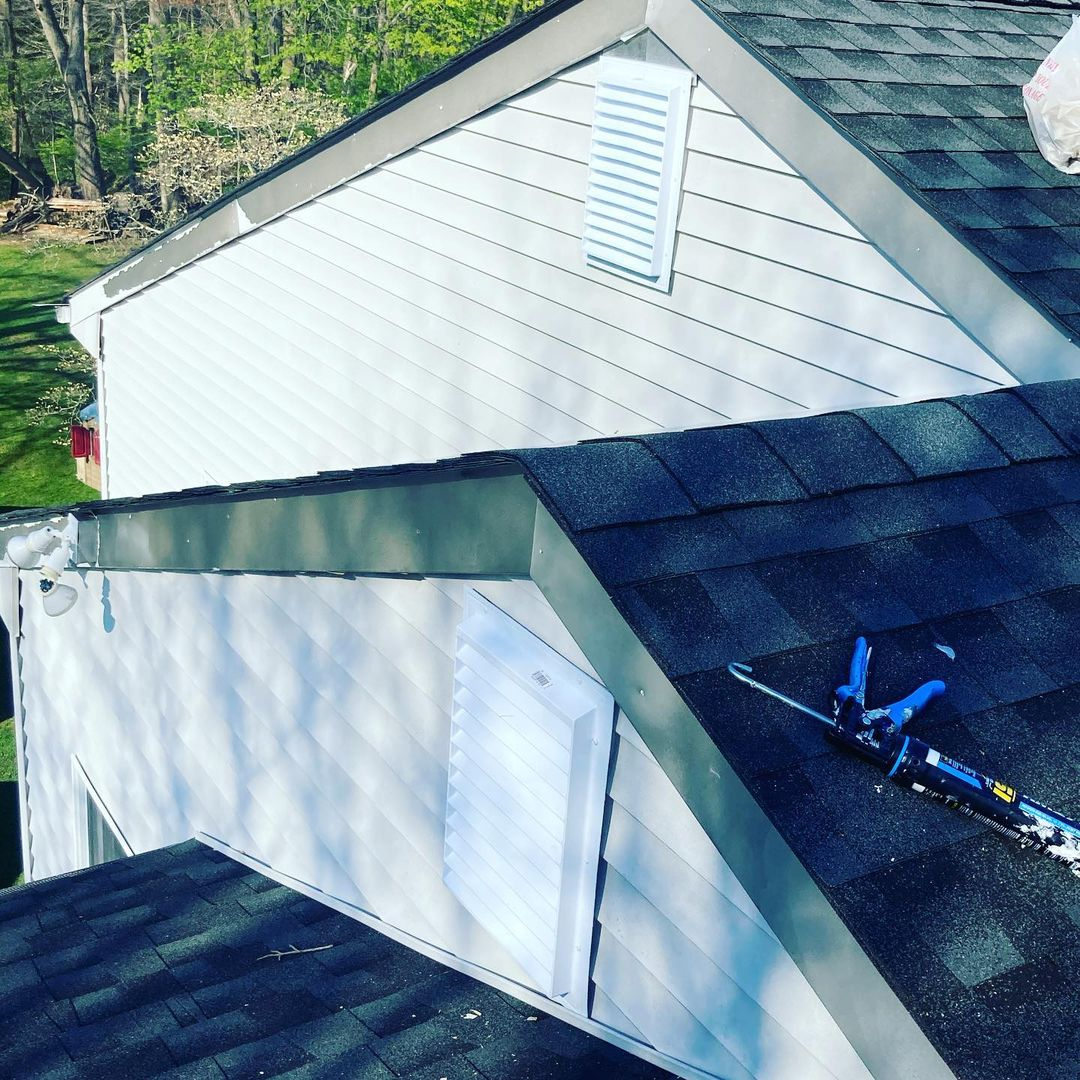
The rectangular gable vent is a simple yet popular classic style vent. This rectangular gable roof vent adds a beautiful finishing touch to any residential or light commercial project. Gable Vent from @aasiding_nj_ny


